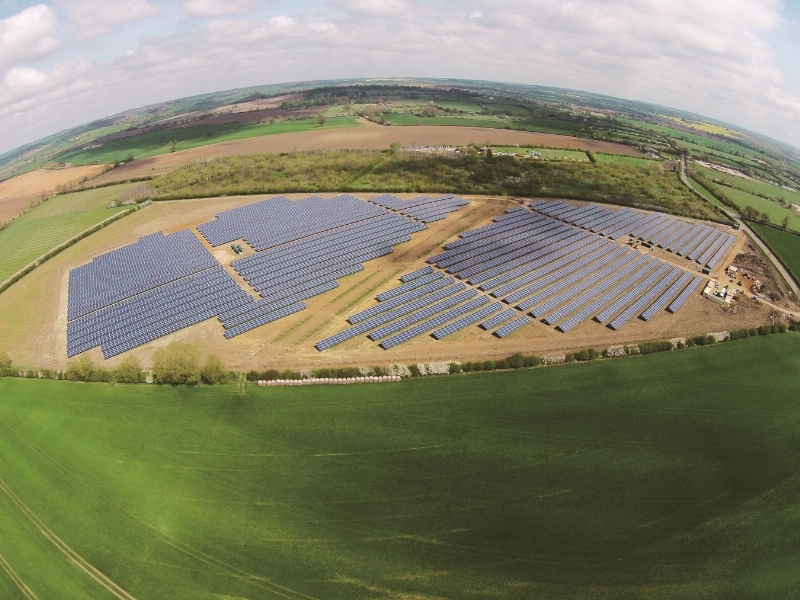
Vivint Solar was supposed to be part of SunEdison by now. Instead, the residential solar installer is seeking to accelerate construction and financing efforts that flagged during the failed $1.9billion takeover bid.
Vivint expects to install 260 megawatts of rooftop power systems this year, up 12% from 2015, according to chief executive Greg Butterfield.
In his first public comments since Vivint scrapped the deal in March, Butterfield acknowledged that the Lehi, Utah-based company was held back during its eight months in acquisition-limbo, and now that the deal is in the past, he’s seeking to expand.
“The uncertainty and disruption caused by the transaction cannot be understated,” Butterfield said. “The termination of the SunEdison agreement in March has freed us.”
Installations in the first quarter were 55 megawatts, a third straight decline, according to a presentation posted on Vivint’s website Thursday. It expects an increase to 60 megawatts this quarter.
SunEdison announced plans to buy Vivint last July at a 52% premium, prompting investors to question both the finances and the strategy of the world’s biggest clean-energy company.
The deal was delayed and then renegotiated in December. After SunEdison missed deadlines to close the transaction, Vivint canceled the deal in March and filed a lawsuit seeking damages.
Being an about-to-be-bought company hindered its operations, with Vivint’s shares down 81% since the deal was announced. SunEdison shares have plunged 98% since then and the company is teetering on the edge of bankruptcy.
Vivint’s installations slipped after the deal was announced, even though the company focuses on the fastest-growing part of the US solar industry. The company called the pending acquisition a “distraction” in its third-quarter report, and in the fourth quarter it again cited the proposed deal as one of the reasons it had lost market share.
Vivint arranged little financing in the months after the deal was announced, and the potential buyout, along with “the risks and uncertainties associated with it, adversely affected the willingness of parties to enter into financing arrangements with us,” according to the fourth-quarter results that were released in March.
Since scrapping the deal, Vivint has been pursuing financing deals, and in the March filing it said it’s seeking to raise “ substantial” amounts of cash.
Lenders and investor have been responsive, including two deals announced within weeks after the transaction was killed: $200 million in term loans from investment funds advised by Highbridge Principal Strategies LLC and a $200 million loan to finance residential power projects from an unidentified lender.
As it ramps up financing and construction activities, Vivint will find a friendlier regulatory climate than when the SunEdison deal was announced.
At the time, solar developers expected a key federal subsidy for renewable energy, the investment tax credit, to expire at the end of this year. Instead, Congress extended the credit in December for five years, a move that’s expected to spur demand for rooftop solar systems.
“The old Vivint Solar isn’t 100% back, but it’s close to being back,” Butterfield said.